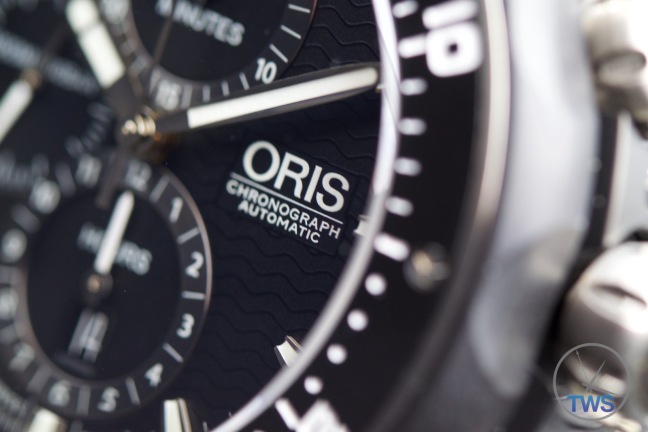Watch Buyers Guide – Crystal Type
The watch crystal is the part of the watch that protects the dial from damage. It can be made from either an acrylic plexiglass (like the original Omega Speedmaster that traveled to the moon and back), mineral glass (that is commonly found on most cheap watches), or a sapphire crystal (which is used nearly exclusively in luxury watches).
![Omega Speedmaster Professional Moonwatch 42mm- Unboxing-Review [311.33.42.30.01.001] 17](https://blog.thewatchsource.co.uk/wp-content/uploads/2016/05/omega-speedmaster-professional-moonwatch-42mm-unboxing-review-311-33-42-30-01-001-17.jpg?w=648)
Mineral glass is most commonly used in mass market watches and is more impact resistant than sapphire, but will eventually get scratches over time.

Alternately, sapphire crystals are used because they are incredibly hard with a #9 on the Moh’s hardness scale (1-10) and would require a diamond to scratch them. Their extreme hardness consequently means that they are considered brittle, and may shatter if struck with enough force. Watch manufacturers counter this by increasing the crystal thickness and giving it a broad dome to increase structural strength.

You must be logged in to post a comment.